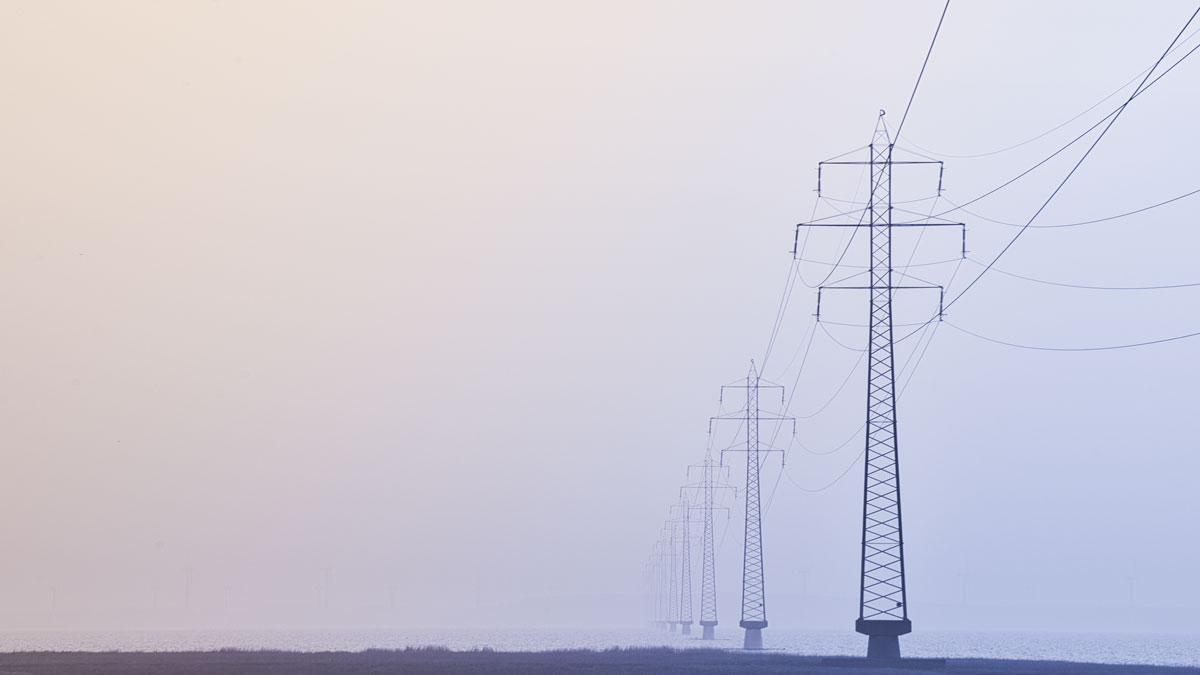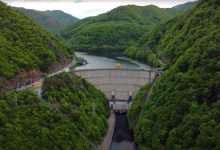Grids for Europe Energy Transition Unprepared to Support Renewable Capacity Growth
European Union countries systematically underestimate the speed at which renewable energy sources will be added to grids in their development plans – making the investment gap larger than previously thought, according to a study by think-tank Ember.
While the EU is rapidly adding new solar panels and wind turbines, investments into high-voltage long-distance electricity lines and lower-voltage distribution networks are lagging behind. This gap is expected to reach EUR 583 billion by 2030, it was estimated last year, but it looks like it could be even bigger.
Grid bottlenecks, a risk for energy transition!
Eleven EU countries are not sufficiently accounting for renewables targets in their grid plans, which “risks holding Europe’s supercharged energy transition back if plans aren’t updated,” said Elisabeth Cremona, Energy & Climate Data Analyst at the think-tank Ember, who conducted the study. With solar booming, and wind on the mend, Ember found that 19 grid plans underestimate expected solar panel additions by 205 GW – while wind power is underestimated by ten countries for a total of 17 GW.
In the absence of sufficient power lines, solar panels are left to dry. “Making sure solar and wind can actually connect to the system is as critical as the panels and turbines themselves,” said Elisabeth Cremona.
Grid bottlenecks can be a risk to the energy transition. Depending on the country, newly built solar panels often have to wait months to be connected to the grid – and to start returning money to investors. Adequate grid planning forecasts are essential to ensure that electricity from regions with high renewable energy potential can be transferred to demand centres.
Main features
- 11 out of 26 grid plans are based on lower wind and solar deployment than national targets
A lack of alignment between grid plans and national targets is apparent in many countries, risking insufficient preparation to integrate wind and solar. Solar tends to be more affected, with its capacity underestimated by a total of 60 GW across the 11 countries, and wind by 27 GW. This appears to be primarily a consequence of the grid planning process lagging behind energy policy updates.
- 205 GW of solar could hit gridlock by 2030
19 out of 23 national grid plans examined undershoot the deployment of solar expected under SolarPower Europe’s business-as-usual scenario, by a total of 205 GW by 2030. Wind is underestimated in ten out of 31 plans analysed, by a total of 17 GW. These discrepancies imply grid congestion may worsen in the short-term as grids are ill-equipped to manage the rapidly growing renewable fleet.
- REPowerEU underestimates annual grid investment by at least €5 billion
Spending on grids today in EU Member States reaches approximately €63 billion, with an average of €28 billion per year earmarked for transmission grids and €35 billion invested in distribution grids in 2022. This spending surpasses the European Commission’s estimate for annual grid investment of €58.4 billion until 2030. Furthermore, it is likely that investment in national transmission systems will need to be augmented to make them “fit-for-purpose” in those countries where grid plans lag behind existing energy policy.
Some positive steps…
Some positive steps are already being taken towards addressing grid challenges. TSO plans reveal a trend of increasing grid expansion over the coming decade, alongside network refurbishments and upgrades. TSOs are also prioritising non-wire solutions to urgently alleviate grid congestion. Several TSOs have ambitious grid expansion plans, proving the feasibility of rapid grid development if there is political prioritisation. More bold action on grids will be needed across Europe in the coming years, however, to unlock the benefits of transitioning rapidly away from fossil fuels.
… and pessimistic estimates
Some countries are facing situations such as in Germany, where popular opposition has led to multi-year delays that have blocked the transfer of wind power from north to south. At present, the backlog for power lines is 6,000 kilometres – and electricity bills in Germany are higher than most of Europe.
In Spain, network operators’ bill for network stability is higher than their annual investment. Unfortunately, things will quickly get worse, warns the analysis.
“Grids risk being unprepared for the upcoming solar surge,” Ember study shows. With European renewable energy markets increasingly dominated by solar panels, EU countries’ plans deviate from updated projections by up to 82%.
Notable exceptions are Croatia, Denmark, Finland and the Netherlands, whose grid plans are keeping pace with the expected growth in solar power and, to a lesser extent, wind turbines.
There is no transition without transmission!
“We can’t afford to overlook grids. They risk holding Europe’s supercharged energy transition back if plans aren’t updated. Making sure solar and wind can actually connect to the system is as critical as the panels and turbines themselves. There is no transition without transmission,” Elisabeth Cremona highlights.
“Europe wants a lot more wind energy. But grids are rapidly becoming the number one bottleneck for the build-out of new wind. Take grid permits: hundreds of gigawatts of new wind farms are stuck in grid connection queues. Delays in the build-out of onshore and offshore grids are making things worse. Implementing the EU Action Plan for Grids must be a top priority for the current and incoming European Commission – and for EU Member States. There’s simply no transition without transmission,” WindEurope Chief Policy Officer Pierre Tardieu adds.
In Romania, installations even older than 60 years
Romania’s electricity transmission and distribution infrastructure is very old and worn out, and most of it has exceeded its normal lifespan or is at its limit, according to a 2022 report by the National Regulatory Authority for Energy (ANRE).
Electricity has ended up running through installations even older than 60 years. Distributors declare investments of many hundreds of millions of RON annually, but on the ground the degree of replacement of power lines and transformer stations is extremely low, even tending towards zero in some years.
In the case of overhead power lines belonging to Transelectrica, approximately 97% have a commissioning year between 1960 and 1999. Overhead lines put into service before 1979 have an average utilisation rate of more than 100%, as they account for 83% of all overhead electric transmission lines, the report said.
According to the ANRE report, about 73% of the total power installed in transformers/autotransformers was commissioned after 2000. The majority of transformers/autotransformers commissioned before 2000 (i.e. 27% of the total power installed in transformers and autotransformers) are found to be outdated.
On the investment side, Transelectrica has not managed in any year to meet its annual plan. 2022 is no exception either, so that the value of investments made amounts to RON 272.4 million compared to the forecast of RON 383.4 million.
Investments needed in the domestic distribution network
Last autumn, the Federation of the Associations of Energy Utility Companies (ACUE) estimated that by 2030 more than RON 40 billion of investment is needed to develop the grid.
“We have centralised the latest figures on investments made by distribution operators in network development. If in the last six years we have RON 13.5 billion, in the baseline scenario, i.e. the minimum we have to do by 2030, it would mean a tripling of the investment level. If we look at the Modernisation Fund, all operators have submitted projects. From my point of view it will be overrated, it is not enough. We have presented a mandatory minimum scenario to achieve the targets we have for 2030 in the energy transition,” warned ACUE Executive Director Daniela Daraban.
Ember’s report aims to contribute to the current debate on power grids by offering an analysis of the present state and future developments of national transmission grids in Europe, framed within the context of the energy transition. The report analyses data related to national electricity transmission networks across 35 European countries (EU-27, Norway, Switzerland, UK, and Western Balkans), assessing their readiness to deliver on power sector needs for the energy transition, and concluding with key recommendations.







